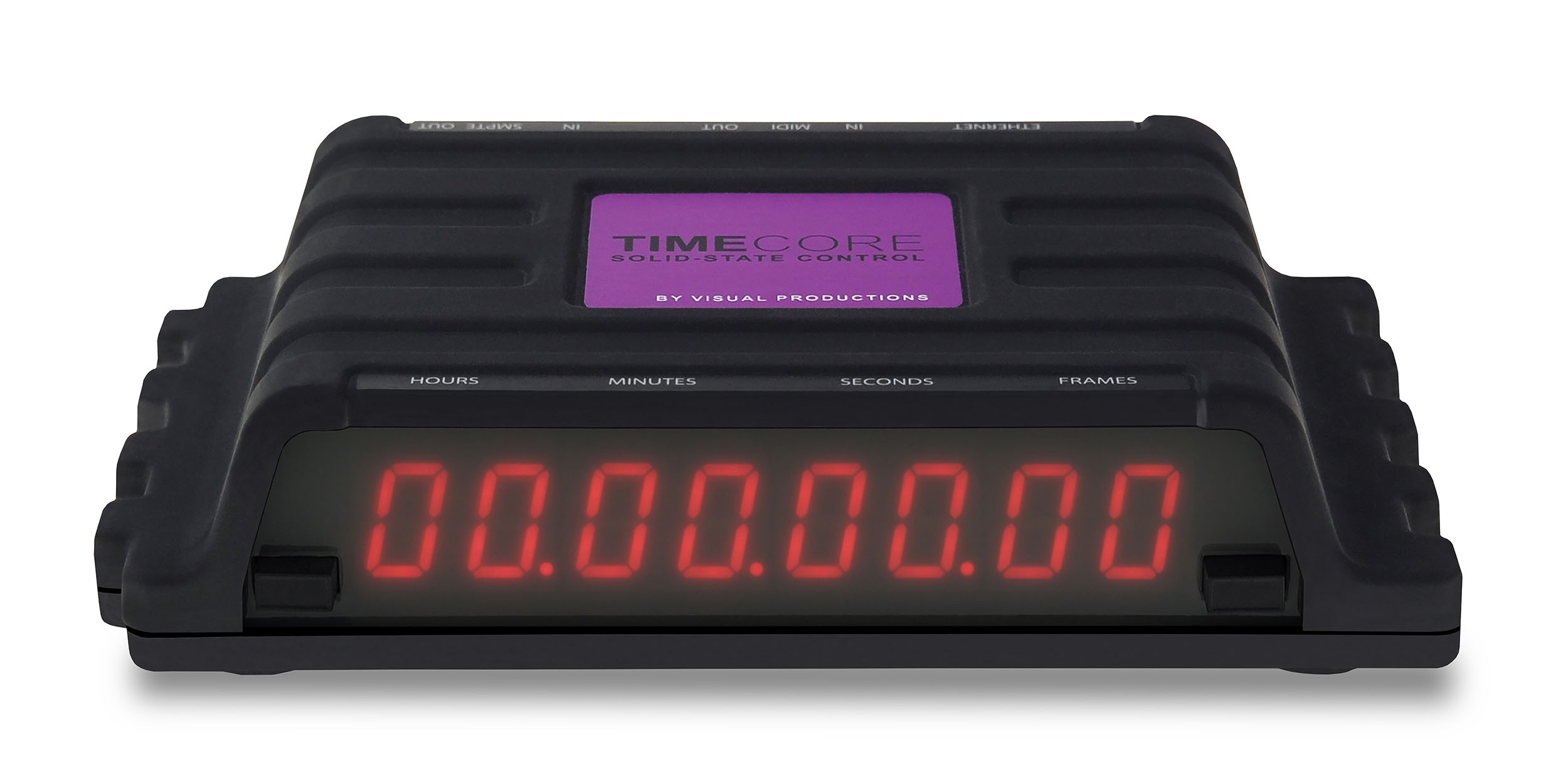


Since the argument is constant over the duration of the note, this conversion will take place at i-time, before any samples for the current note are produced.īy contrast, the conversion cpsoct(8.75 + k1) which gives the value of A440 transposed by the octave interval k1. Thus cpspch(8.09) will convert the pitch argument 8.09 to its cps (or Hertz) equivalent, giving the value of 440. The mnemonics of the pitch conversion units are derived from morphemes of the forms involved, the second morpheme describing the source and the first morpheme the object (result). Microtonal divisions of the pch semitone can be encoded by using more than two decimal places. Thus A440 can be represented alternatively by 440 ( cps), 69 ( midinn), 8.09 ( pch), or 8.75 ( oct). Midi note number values range between 0 and 127 (inclusively) with 60 representing Middle C, and are usually whole numbers. I will write 16510 to mean the number 165 in base-10. More specifically, 165 can be represented by: 165 1 x 10 2 + 6 x 10 1 + 5 x 10 0. Here is a basic review: The symbol 165 is a shorthand representation of a particular number. In both forms, the fraction is preceded by a whole number octave index such that 8.00 represents Middle C, 9.00 the C above, etc. You should become familiar with hexadecimal numbers to understand better the organization of the MIDI protocol. The two fractional forms are thus related by the factor 100/12. MIDI Note Number to Frequency Conversion Chart. For oct, the fraction is interpreted as a true decimal fractional part of an octave. For pch, the fraction is read as two decimal digits representing the 12 equal-tempered pitch classes from. The first two forms consist of a whole number, representing octave registration, followed by a specially interpreted fractional part.

With cpsmidi, the Midi note number value is taken from the Midi event associated with the instrument instance, and no location or expression for this value may be specified.Ĭpsmidinn and its related opcodes are really value converters with a special function of manipulating pitch data.ĭata concerning pitch and frequency can exist in any of the following forms: On the other hand, the cpsmidi opcode only produces meaningful results in a Midi-activated note (either real-time or from a Midi score with the -F flag). You must specify an i-rate or k-rate expression for the Midi note number that is to be converted. note number bass drum 35, 36 rim shot 37 snare drum 38, 40 hand clap 39 closed hi-hat 42, 44 low tom 41, 43 open hi. The input value for cpsmidinn might for example come from a p-field in a textual score or it may have been retrieved from the real-time Midi event that activated the current note using the notnum opcode. note number bass drum 36 rim shot 37 snare drum 38 hand clap 39 closed hi-hat 42 low tom 43 open hi-hat 46 mid tom 47 cymbal 49 high tom 50 cow bell 56 high conga 62 mid conga 63 low conga 64 maracas 70 claves 75 2 inst. The cpsmidinn opcode may be used in any Csound instrument instance whether it is activated from a Midi event, score event, line event, or from another instrument.


 0 kommentar(er)
0 kommentar(er)
